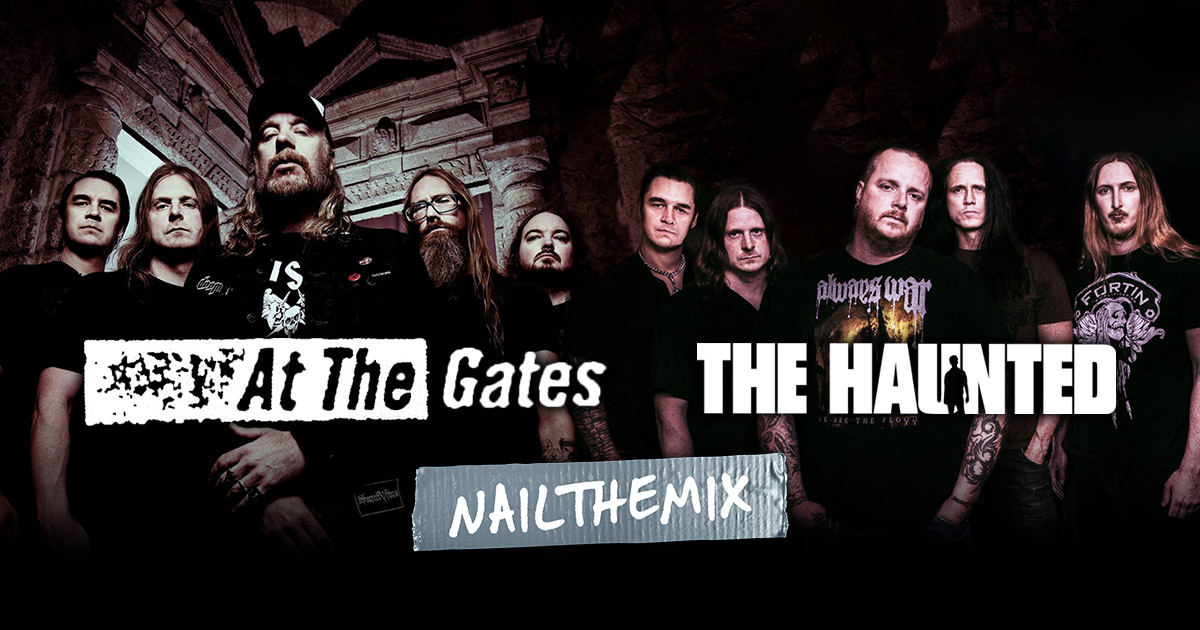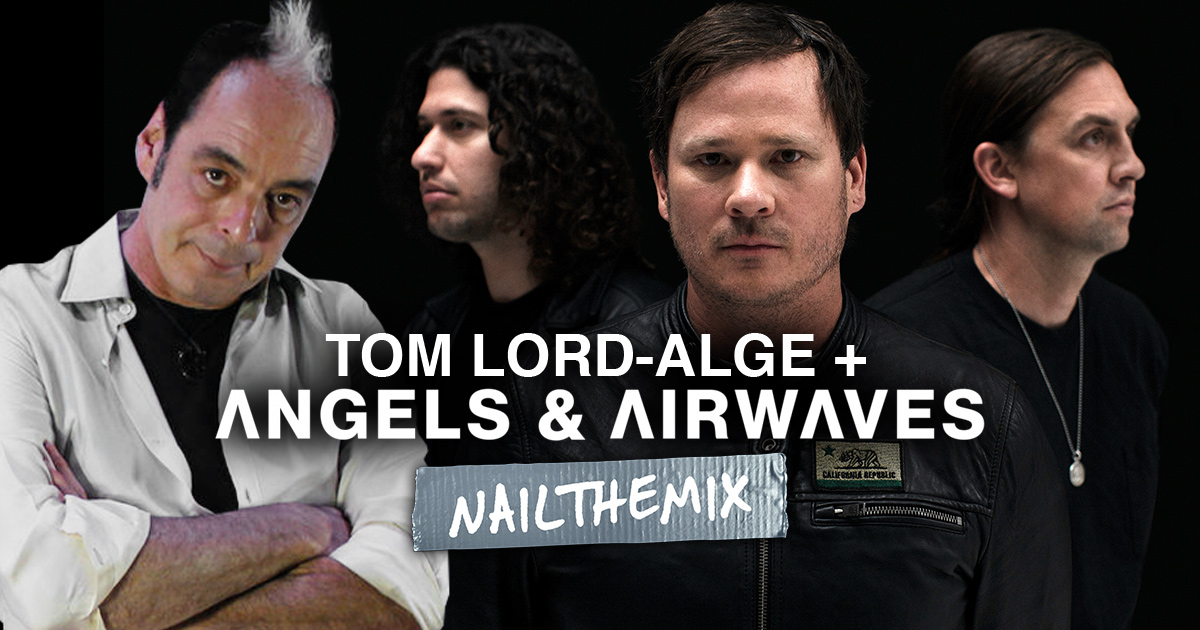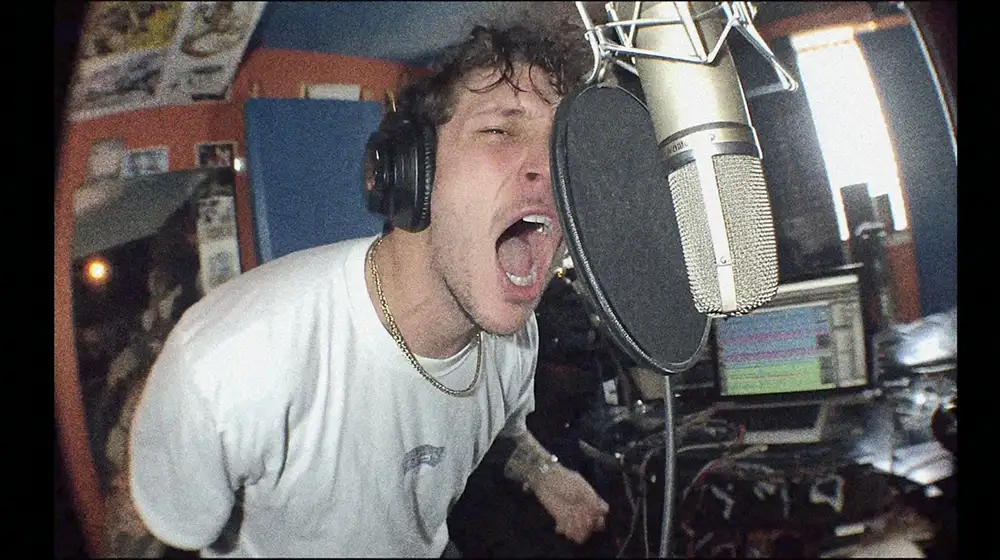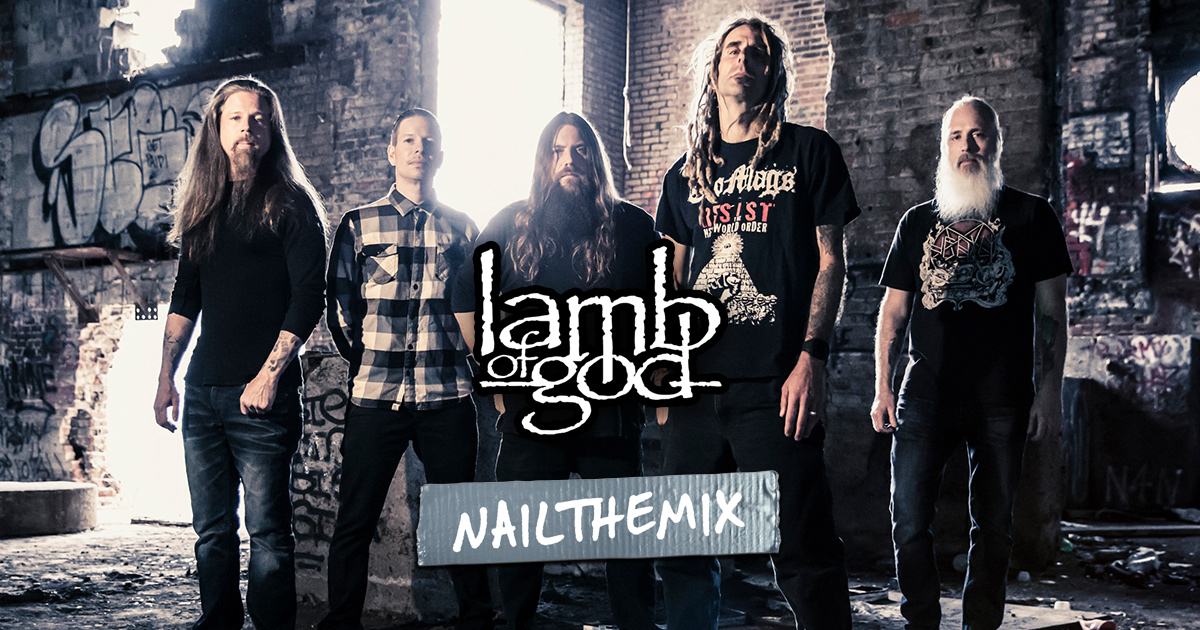
Andrew Wade’s Method for Wage War’s Crushing Guitar Tones
Nail The Mix Staff
Let’s be honest, the guitar tone on a Wage War record is a finely-tuned weapon. It’s brutally heavy yet surgically precise, with a clarity that lets every lightning-fast riff slice through the mix. Ever wondered how they achieve that perfect balance of aggression and definition?
We got a look under the hood with producer extraordinaire Andrew Wade, the man dialing in the tones for the band. And the secret isn’t some unobtainable vintage amp or a single magic plugin. It’s a series of deliberate, intelligent choices that start way before the fader even goes up. Let’s break down some of the key techniques he uses to build that monstrous sound.
It Starts Before the Mix: Nailing the Source Tone
The old saying “get it right at the source” is a mantra for a reason. Andrew Wade emphasizes that a killer final tone is impossible without a killer raw track. While the final amp sound came from a Kemper profile (swapped in late in the game at the band’s request), the work done beforehand is what truly sets the foundation.
The Most Important Piece of Gear? A 50-Cent Pick.
You can have the most expensive axe and a boutique amp, but if the player’s technique isn’t translating clearly, you’re dead in the water. During the Wage War sessions, Andrew ran into this exact issue. Guitarist Cody Quistad was playing incredibly fast, tight riffs, but something was missing—the clarity just wasn’t there.
The culprit? His pick. He was using a small jazz pick with rounded edges. While great for certain styles, the rounded edge was smearing the attack of the notes on such fast, percussive parts. Andrew handed him a brand new, standard-shaped Tortex pick with a sharp edge. The difference was so immediate and staggering that the whole room knew they had to re-track the parts.
The takeaway is huge: the sharp edge provided the aggressive transient and clean articulation needed for the riffs to sound defined. Never underestimate the massive impact of the smallest, cheapest parts of your signal chain.
The DI Signal Chain: Shaping the Tone Pre-Amp
Before the DI signal ever hit the Kemper, it got some crucial pre-treatment. Andrew used the Waves GTR Overdrive plugin, but not just as a simple boost. He used it to add a bit of drive and, critically, to crank the tone knob. This move boosted the high-end of the DI signal itself, pre-shaping the sound with more bite and presence before it was even re-amped.
The gear used was a Jazzmaster loaded with Fishman Fluence Modern pickups, a popular choice for high-gain clarity. This combination of the right guitar, the right pickups, and smart pre-DI shaping created an ideal signal to feed into an amp sim.
A Clever Trick for Handling Harmonics
What do you do with those screaming pinch harmonics that need to pop out but are part of a larger guitar track? A common instinct is to put them on a separate track to process them differently. The problem? This often creates audible clicks and glitches as you cut in and out of the main track.
Andrew’s solution is simpler and cleaner: keep the harmonic on the same track as the main riff. Then, go in and meticulously automate the volume of the main guitar part to dip down the moment the harmonic hits. It’s a bit of detailed work, but it ensures a seamless, professional sound without any distracting artifacts.
Minimal But Mighty: Polishing the Guitars in the Mix
Because the source tone was so well-crafted, the mix processing is all about enhancement, not repair. A few strategic plugins are all it takes to make the guitars leap out of the speakers.
Surgical EQ for Presence and Punch
You don’t need to make drastic EQ changes when your source is solid. The goal here is to carve out a perfect space in the mix. Andrew uses a few key boosts to bring the guitars forward.
A small, 2dB boost around the 4kHz mark adds that essential “pick attack” presence, helping the guitars cut through the cymbals and vocals. For the chugs, the Waves SSL E-Channel plugin comes into play. A tiny 1dB boost in the low-mids adds a “solid” weight and power to the palm mutes. Another boost, this time around 150-200Hz, helps accentuate the fundamental note of the open-string chugs that are a staple of the band’s sound. These small, targeted EQ strategies for mixing modern metal make a massive difference in the final impact.
Creating Width with Multiband Imaging
To make the guitars feel huge and wide without sounding phasey or weird, Andrew uses a cool trick with the iZotope Ozone 6 Imager. Instead of applying a standard stereo widener across the whole frequency spectrum, he uses Ozone’s multiband capabilities to target only the mid-range and lower-mids.
This subtle move pushes the core frequencies of the guitar out to the sides, making the guitar bus sound incredibly wide and thick. It helps the guitars step outside the center of the mix, leaving more room for the kick, snare, and vocals while simultaneously sounding bigger.
Adding Aggression with Transient Shaping
The final touch is all about attitude. Using the Waves Trans-X Wide plugin, Andrew dials in more aggression. This isn’t a standard compressor; it’s a transient shaper. He sets it so it adds a massive spike of attack right at the beginning of each new musical phrase.
You can see the plugin’s meter jump to life for the first fraction of a second and then leave the rest of the sustained riff alone. Since Wage War’s music is built on tight, rhythmic phrases where the kick, bass, and guitars all hit together, this technique adds a layer of percussive violence that makes every riff hit like a sledgehammer. It’s a perfect example of using dynamic tools beyond simple metal compression secrets to shape the feel of a track.
Bringing It All Together (And Leveling Up Your Own Mixes)
As you can see, a world-class metal guitar tone is a sum of many parts:
- Player and Performance: It starts with a great player and attention to details like pick choice.
- Smart Source Capture: Shaping the DI signal before the amp is a pro move.
- Clean Editing: Automation is your best friend for seamless edits.
- Purposeful Processing: Use EQ, stereo imaging, and transient shaping for enhancement, not as a crutch.
These are incredible insights you can apply to your own productions today. But imagine watching a pro like Andrew Wade implement these ideas in real-time, explaining every decision, from setting up the DI to the final automation pass.
Wage War on Nail The Mix
Andrew Wade mixes "Stitch"
Get the Session
That’s exactly what Nail The Mix is all about. Every month, you get the real multi-tracks from a massive metal song and watch the original producer mix it from scratch.
If you want to go even deeper and master every aspect of capturing these sounds, check out Andrew Wade’s full course, Ultimate Guitar Production, where he dives into everything from string gauge and cable length to advanced mixing workflows. Stop guessing and start learning the techniques that power the biggest records in modern metal.
Get a new set of multi-tracks every month from a world-class artist, a livestream with the producer who mixed it, 100+ tutorials, our exclusive plugins and more
Get Started for $1






